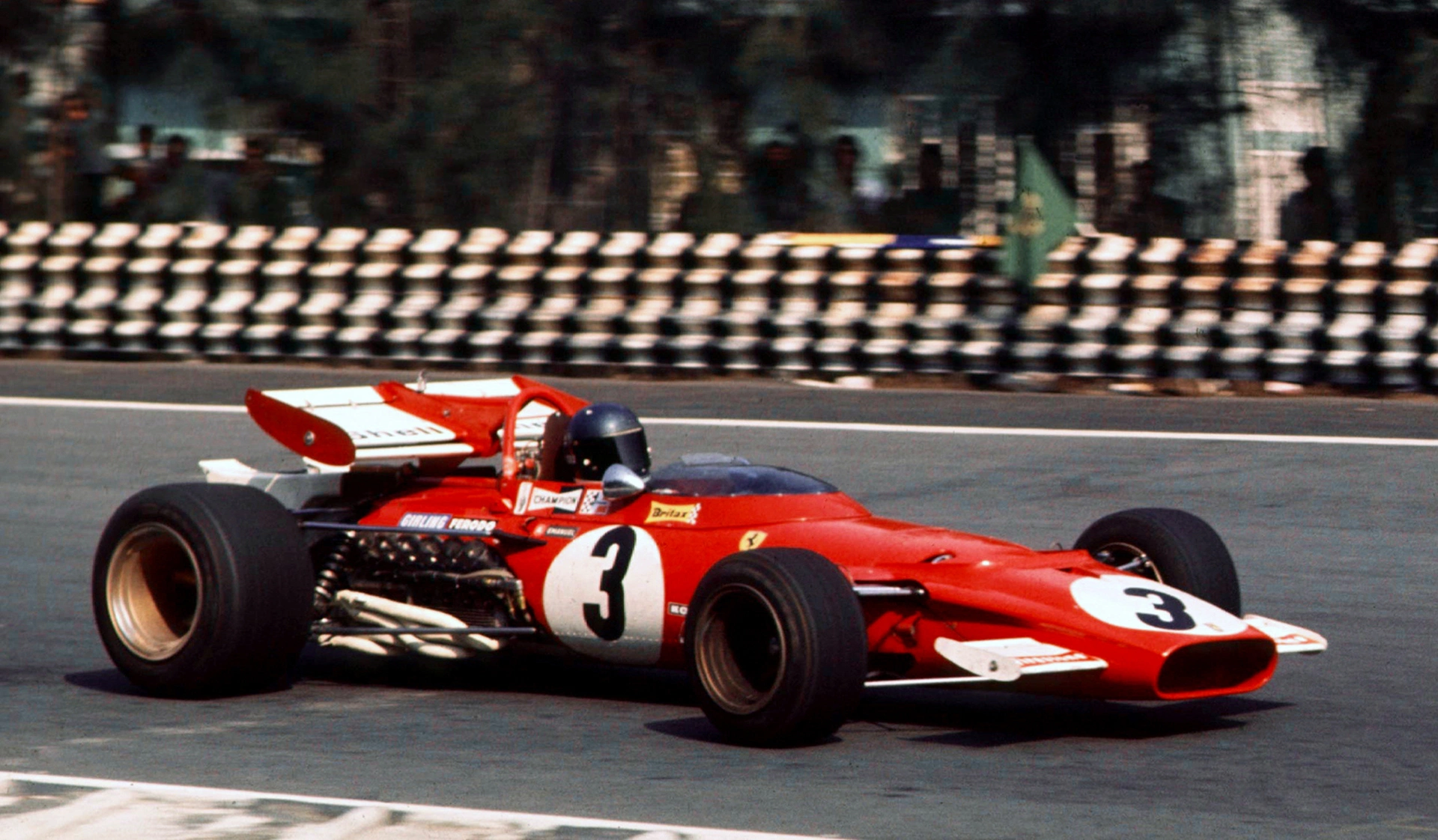Ferrari’s Technological Innovations Part 8: Engines Unleashing Creativity Without Limits
07 December 2024 5 min read 4 images

Photo credit: Ferrari, Wheelsage
For Ferrari, working on engines and creating unprecedented solutions has always been part of its history: from the original 12-cylinder V engines to the compact and lightweight 4-cylinder World Champions, the 65- and 120-degree V6 engines that lowered the center of gravity, and the introduction of direct injection in very small cylinders, Ferrari has continuously innovated. Among the challenges was the application of direct injection, with the support of Bosch, to the Formula 1 V8 engine with a cylinder capacity of just 186 cm³. Although very complex, the operation was successful and delivered excellent results. However, when the flat V12 1500cc engine for Formula 1 debuted in 1964, with pistons as small as 124 cm³ (equivalent to those of a Vespa at the time), the task seemed impossible. Yet, with the support of experienced engineer Michael May, Ferrari succeeded. The reward was tangible: John Surtees’ World Championship victory.
Register to unlock this article
Signing up is free and gives you access to hundreds of articles and additional benefits. See what’s included in your free membership. See what's included in your free membership.
Already have an account? Log In


